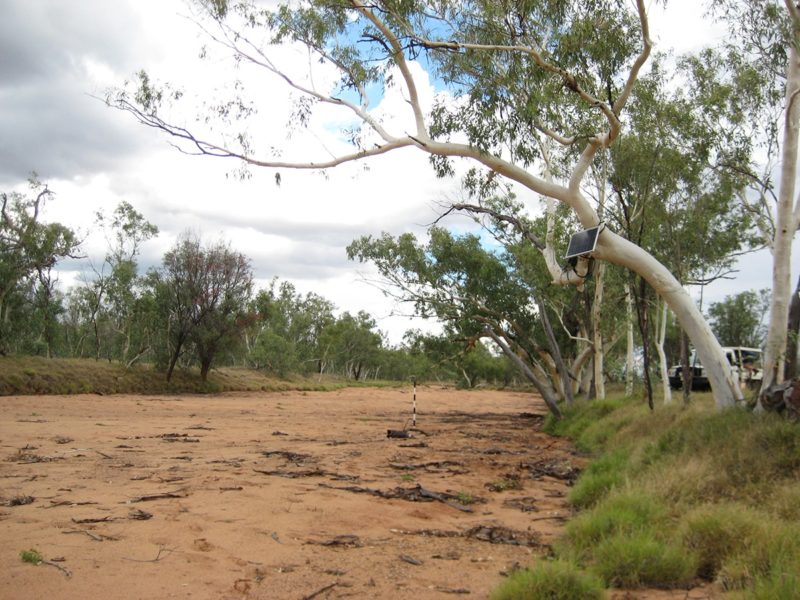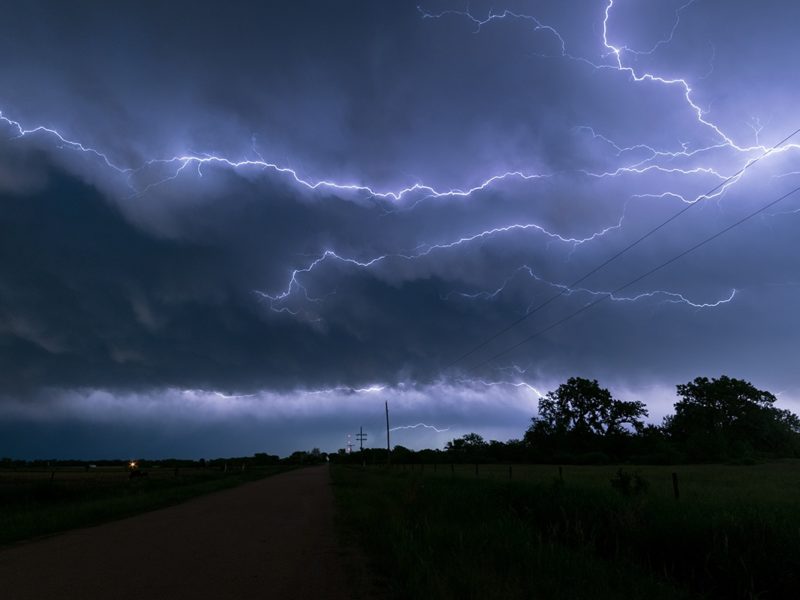How Do Tiny Aerosol Particles Like Dust And Sea Salt Change Cloud Formation?

Aerosols are liquid droplets and fine solid particles suspended in the atmosphere. Most aerosols consist of mineral dust and sea salt, but aerosols can also consist of other particles, such as volcanic ash, sulfate, nitrate and organic carbon.
But these tiny particles can have a significant impact. Atmospheric scientists have unanswered questions about aerosols and how they affect the formation of clouds and storms, which can impact climate modeling and understanding of future climate change. Do different types of aerosols promote or inhibit the formation of clouds, and therefore lead to different precipitation? And how do climate models need to account for aerosols? A new National Science Foundation (NSF)-funded research project led by Texas A&M University’s Yue Zhang is tackling these questions with a team of experts.
“This research will improve the understanding of how aerosols impact cloud formation and cloud properties, and we will contribute to reducing the uncertainties in predicting future climate,” said Zhang, an assistant professor in the Department of Atmospheric Sciences in the College of Geosciences.
He will be working with research teams led by Daniel Cziczo, professor and department head of Earth, Atmospheric, and Planetary Sciences at Purdue University, and Jason Surratt, professor of chemistry and environmental sciences and engineering at the University of North Carolina at Chapel Hill.
“Texas A&M will advance knowledge in atmospheric chemistry/aerosol cloud interaction research by collaborating with Purdue and UNC Chapel Hill, and we are very excited about the potentially important findings resulting from this teamwork,” Zhang said.
Aerosols can also include organosulfates formed by the atmospheric chemical interaction of sulfate and organic carbon. Zhang is examining the climate effects of organosulfate-containing secondary organic aerosols, also known as SOA. Organosulfates are important SOA components because they are abundant; however, it remains unclear how this understudied chemical class of particulates affects cloud formation and cloud properties.
The researchers will conduct research in a laboratory setting, and then use the resulting data to predict aerosol-cloud interactions.
“This project is extremely important research, and our team is excited to participate,” said Cziczo, co-principal investigator of the Purdue University group within the project. “Aircraft measurements in recent years have pointed to the previously unrealized abundance of organic containing aerosols in the upper atmosphere and their importance for cloud formation. This project will give us a chance to investigate the chemistry and cloud formation potential of these particles in the laboratory in unprecedented detail and help us better understand the field measurements.”
The research team received about $900,000 of funding from NSF to conduct the proposed research. They also plan to jointly deploy their instruments and meet at Texas A&M to understand how particulate organosulfates and other types of secondary organic aerosols impact the cloud formation process.
“By combining advanced characterization methods of aerosol composition, phase state, and morphology with cloud activity measurements of these particles, our team could potentially resolve how exactly acid-catalyzed multiphase chemical processes in the atmosphere contribute to the formation of clouds,” Surratt said.
Texas A&M undergraduate students, as well as graduate students and postdoctoral fellows from each team, including those from traditionally underrepresented groups, will participate in this project to share and transfer knowledge amongst the three collaborative labs to prepare students to become future STEM researchers and leaders. The experimental results and data interpretations will be openly shared with the scientific community, which can be used in global climate models to improve future climate predictions.





